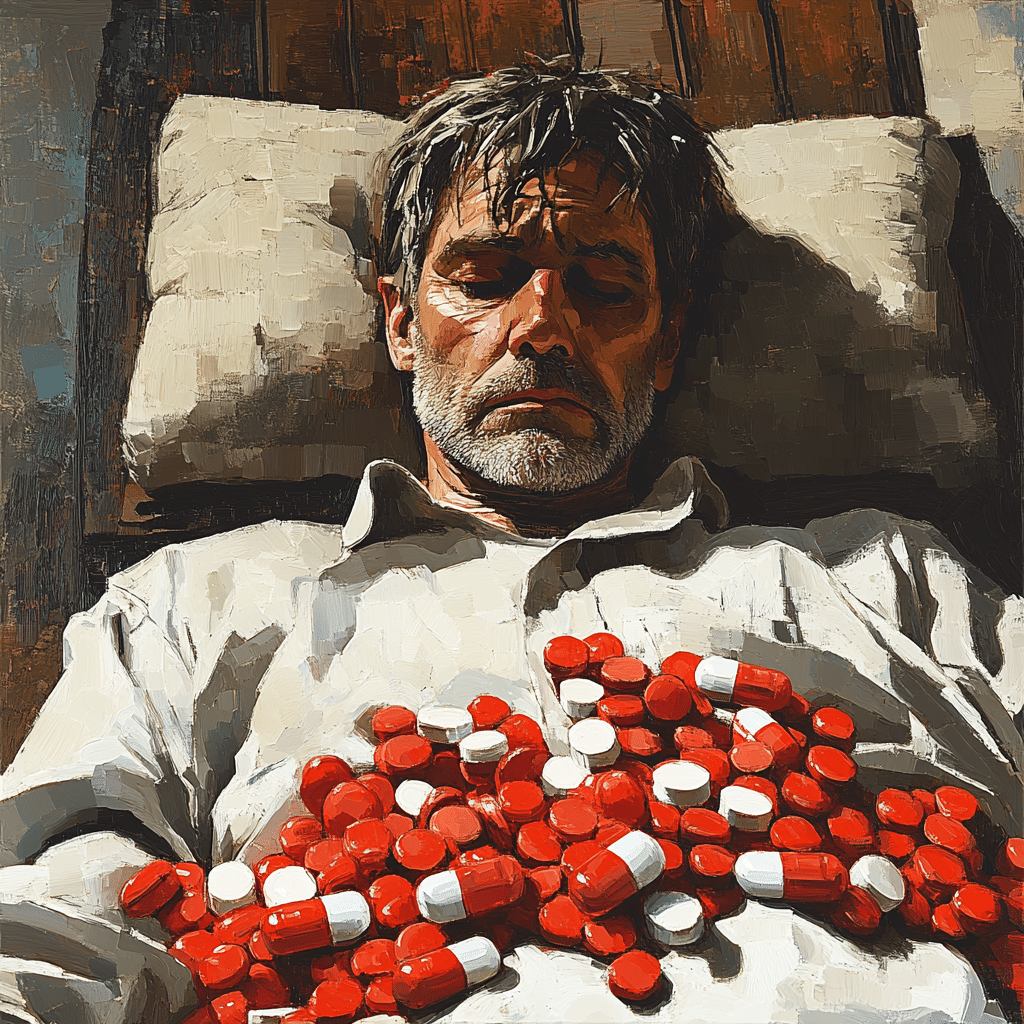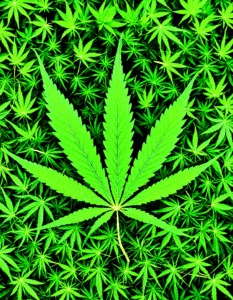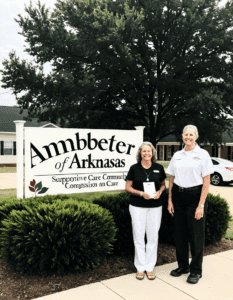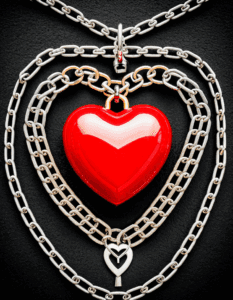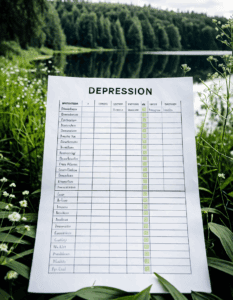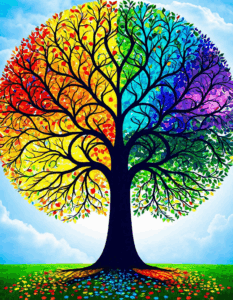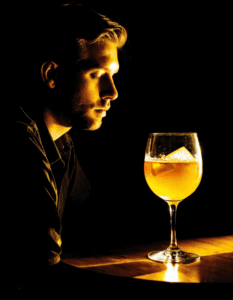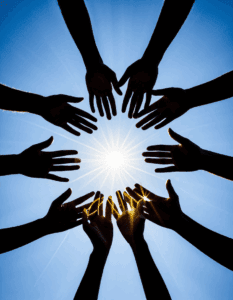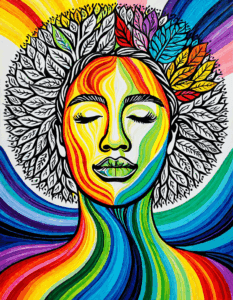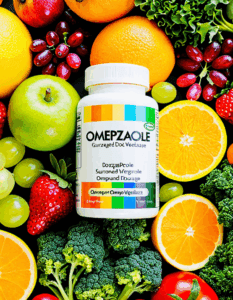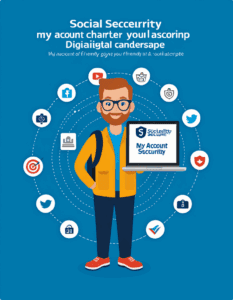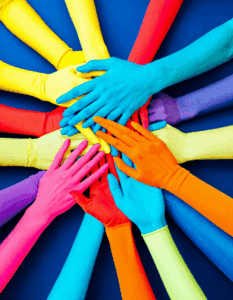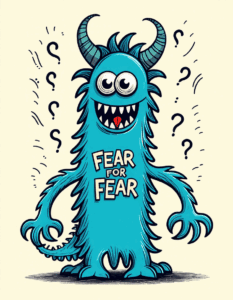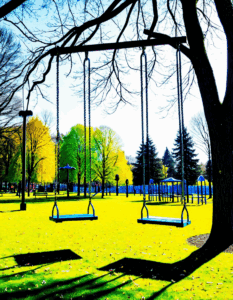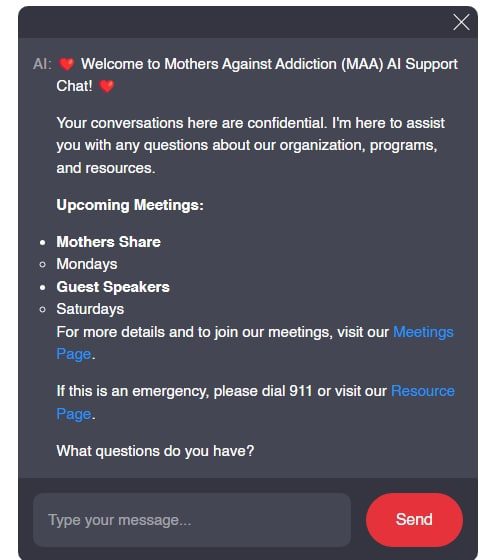Prescription drug abuse is an urgent issue tearing families apart and gripping communities nationwide. These medications, deemed essential by health professionals for treating various medical conditions, can swiftly transform from safe remedies into treacherous addictions when misused. Today, we delve into the stark realities of prescription drug abuse, its swelling presence, and how families can find support and hope in these challenging times.
Understanding Prescription Drug Abuse
Prescription drug abuse, also known as prescription drug misuse, spans a spectrum of behaviors, from taking someone else’s prescription painkiller to injecting ground-up pills to chase a high. Despite the dire consequences, these actions often persist, driven by a gripping compulsion. This form of abuse frequently slips under the radar, in part due to the false security provided by a doctor’s endorsement. However, the harsh reality is that the misuse of these drugs can lead to addiction and devastate lives.
The Most Commonly Abused Prescription Drugs
Many assume prescription medications are safe because they come from a healthcare provider. But when taken outside the prescribed manner, their potential for abuse becomes clear. Here are the most commonly abused prescription drugs:
| Aspect | Description |
| Definition | Prescription drug abuse involves taking medication in a manner or dose other than prescribed, or taking someone else’s prescription, usually to achieve a high. |
| Examples | – Taking a friend’s prescription painkiller for back pain. – Snorting or injecting ground-up pills. |
| Commonly Abused Prescription Drugs | – Opioids (e.g., Oxycodone, Hydrocodone) – CNS Depressants (e.g., Benzodiazepines) – Stimulants (e.g., Adderall, Ritalin) |
| Risk Factors | – Past or present substance abuse – Younger age – Family history of addiction – Certain pre-existing medical conditions |
| Consequences | – Health complications (e.g., overdose, organ damage) – Mental health issues (e.g., depression, anxiety) – Legal issues – Relationship problems |
| Prevention Strategies | – Prescription Drug Monitoring Programs (PDMPs) – Patient education on proper medication use – Safe medication storage and disposal |
| Signs of Abuse | – Frequent requests for refills – Visiting multiple doctors for the same issue – Observable behavioral changes (e.g., mood swings, social withdrawal) |
| Treatment Options | – Behavioral therapy (e.g., Cognitive Behavioral Therapy) – Medication-assisted treatment (e.g., Methadone, Buprenorphine) – Support groups |
| PDMPs | State-run electronic databases used to track prescribing and dispensing of controlled prescription drugs, helping in preventing and monitoring misuse |
| Helpful Resources | – National Institute on Drug Abuse (NIDA) – Substance Abuse and Mental Health Services Administration (SAMHSA) – Local and state health departments |
The Hidden Epidemic: Prescription Drug Abuse in Adolescents
The grip of prescription drug abuse does not spare any age group, yet adolescents are especially at risk. Teenagers often gain access to these drugs through peers or family medicine cabinets. Disturbingly, nearly 12% of high school seniors admitted to misusing prescription drugs in 2023, according to the National Institute on Drug Abuse. This section explores the factors contributing to this worrying trend and the profound, lasting impact on our youth.
The Role of Healthcare Providers and Pharmacies in Preventing Abuse
Healthcare providers and pharmacies stand at the frontline in the battle against prescription drug abuse. Their role includes:
Personal Stories of Triumph and Tragedy
To fully grasp the human toll of prescription drug abuse, we share heartfelt stories from those deeply affected:
Effective Strategies for Prevention and Recovery
Curbing and overcoming prescription drug abuse demands a holistic approach:
The Path Forward: Building a Community of Support and Hope
Eradicating prescription drug abuse requires a collective effort. Communities must unite to advocate for responsible prescribing, comprehensive education, and robust support resources for affected individuals and families. Pioneering innovations, such as peer support groups, mobile recovery apps, and school-based programs, promise a brighter future. Sharing our collective knowledge and strengthening community bonds, we can forge resilient environments, ready to battle the horrible effects of prescription drug abuse.
Combating this crisis is undoubtedly tough, but with dedication, awareness, and unwavering commitment, we can envision a future where the grip of prescription drug abuse is weakened, and the cycle of addiction is broken. Together, we can build a community filled with hope, resilience, and unwavering support.
Risks and Realities of Prescription Drug Abuse
Prescription drug abuse is a crisis that continues to escalate, affecting people from all walks of life. Did you know that New York has even declared a state of emergency to address the issue? This measure highlights the severity of the situation and the urgent need for public awareness.
Hidden Dangers
One startling fact about prescription drug abuse is its connection to other forms of addiction. For instance, individuals often move from prescription opioids to street drugs like meth. Fascinatingly, research shows that prescription opioids can change brain chemistry in a way similar to what happens with meth addiction. That’s why it’s crucial to tackle this issue head-on.
Surprising Statistics
Get this: the average square foot of a house in America can be equated with the space that prescription drug abusers may use to hide their stashes. Although it sounds odd, experts point out how addicts often conceal their supplies in ingenious ways around their homes. This comparison helps us visualize just how serious and pervasive the problem can be. And yet, life’s paradoxes never cease to amaze us.
Pop Culture and Society
While prescription drug misuse is a grim topic, it surprisingly intersects with various elements of our lives, including pop culture. Take Divine Diggs, a musician who has openly spoken about substance abuse struggles. Such stories add a human face to the statistics and help us understand the deep-rooted issues tied to prescription drugs. And speaking of societal impacts, wasn’t it striking when a topic like this indirectly surfaces in unexpected places like the Hotwife experience on platforms like Chaturbate? The connections are as intriguing as they are concerning.
Prescription drug abuse isn’t just another issue—it’s a multifaceted challenge affecting us globally. Whether through declarations of states of emergency or the hidden struggles of everyday individuals, the complexities of this crisis demand our attention and action. Let’s continue to educate ourselves and support those impacted.
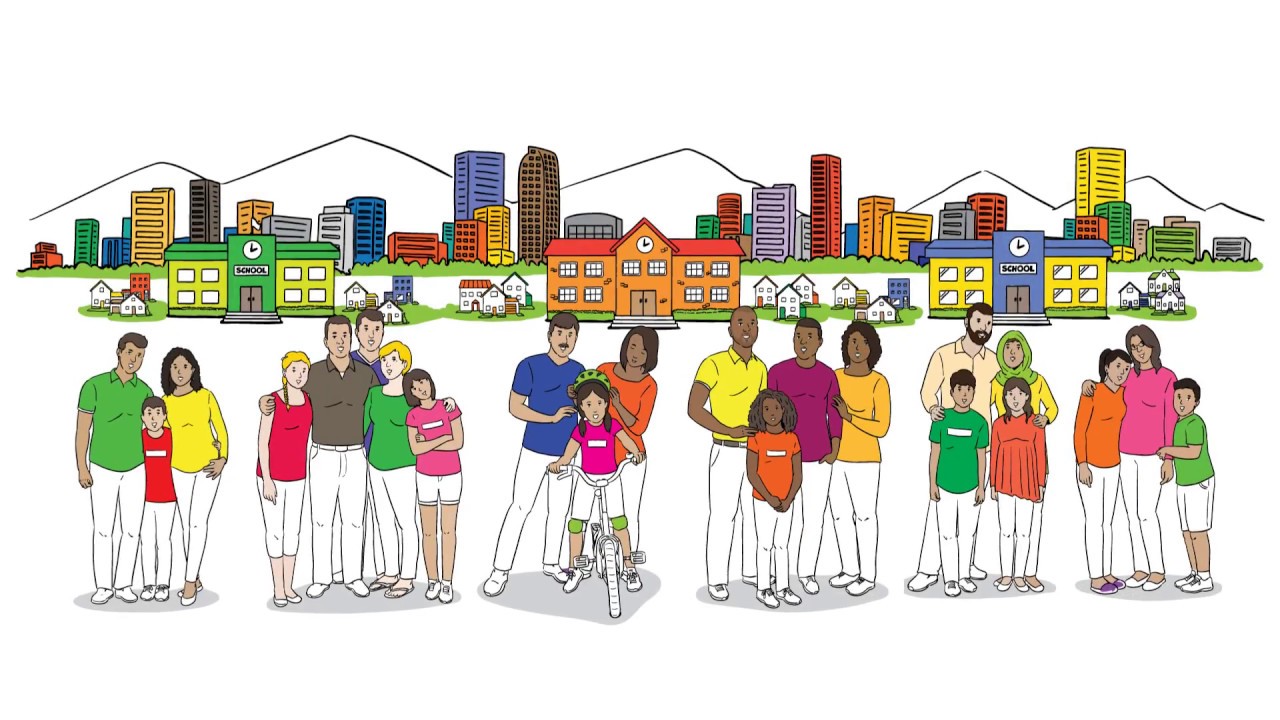
What is prescription drug abuse?
Prescription drug abuse, also called prescription drug misuse, covers everything from taking a friend’s prescription painkiller for your backache to snorting or injecting ground-up pills to get high. It can become ongoing and compulsive, leading to negative consequences.
What is prescription drug abuse description?
Prescription drug abuse involves using medications in a way not intended by the prescribing doctor. This includes taking more than the prescribed dose or taking someone else’s prescription to feel good.
How can the abuse of prescription drugs be stopped?
Stopping prescription drug abuse involves education, proper medication disposal, and using Prescription Drug Monitoring Programs (PDMPs) to track prescriptions. Open communication and professional help are also key.
What are the effects of prescription drugs?
Prescription drugs can provide relief from symptoms but can also cause side effects like drowsiness, nausea, and dependency. Misusing them can lead to severe health issues, addiction, and even overdose.
What is the most addictive prescribed drug?
The most addictive prescribed drugs often include opioids like oxycodone and hydrocodone. Benzodiazepines and stimulants also have a high potential for addiction.
What happens to your brain when you use prescription drugs?
Using prescription drugs can change your brain chemistry by altering the way nerve cells communicate. Misuse can lead to dependency, reducing your brain’s ability to function without the drug.
What are the two most commonly abused prescription drugs?
Opioids and benzodiazepines are the two most commonly abused prescription drugs. They are often misused for their pain-relieving or anxiety-reducing effects.
What constitutes drug abuse?
Drug abuse includes physical, sexual, emotional, economic, or psychological actions or threats that intimidate, manipulate, or hurt someone. It’s about behaviors that cause harm or injury.
What is a perc?
A perc is short for Percocet, a prescription pain relief medication that combines oxycodone and acetaminophen. It’s highly effective but also highly addictive.
What to do if you think someone is addicted to prescription drugs?
If you think someone is addicted to prescription drugs, talk to them with empathy and encourage them to seek professional help. Support groups and medical advice can be critical.
What are the three forms of drug abuse?
The three forms of drug abuse are physical abuse, psychological abuse, and economic abuse. Each type can have serious consequences on a person’s health and well-being.
What is the difference between drug abuse and drug dependence?
Drug abuse involves the harmful or hazardous use of psychoactive substances, including alcohol and illicit drugs. Drug dependence is when your body or mind needs the drug to function normally.
What is the main cause of prescription drug abuse?
The main cause of prescription drug abuse is often related to powerful drugs like opioids being prescribed for pain, combined with lack of awareness about their addictive potential.
What are 3 examples of prescription drug misuse?
Examples of prescription drug misuse include taking higher doses than prescribed, using someone else’s prescription, and using a medication to get high instead of for medical reasons.
What is the first step in the path to addiction?
The first step in the path to addiction often begins with experimenting or misusing a drug, sometimes under peer pressure or for pain relief, leading to repeated use.
What is the definition of drug abuse in medicine?
In medicine, drug abuse is defined as the inappropriate use of substances that leads to significant problems or distress. It can cause physical and mental harm.
What is the meaning of prescription drugs?
Prescription drugs are medications prescribed by a healthcare professional to treat specific medical conditions. They are regulated and should be used only by the person they are prescribed for.
What is the difference between prescription misuse and abuse?
Prescription misuse involves using medication in a way not specified by the doctor, whereas abuse involves seeking euphoria or other non-medical effects, often leading to harm.
What is prescription drug abuse quizlet?
Prescription drug abuse quizlets are educational tools that help people learn about the dangers and prevention of misusing prescribed medications through interactive quizzes and information.

